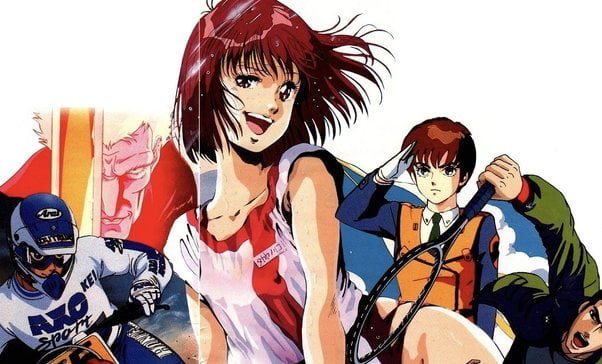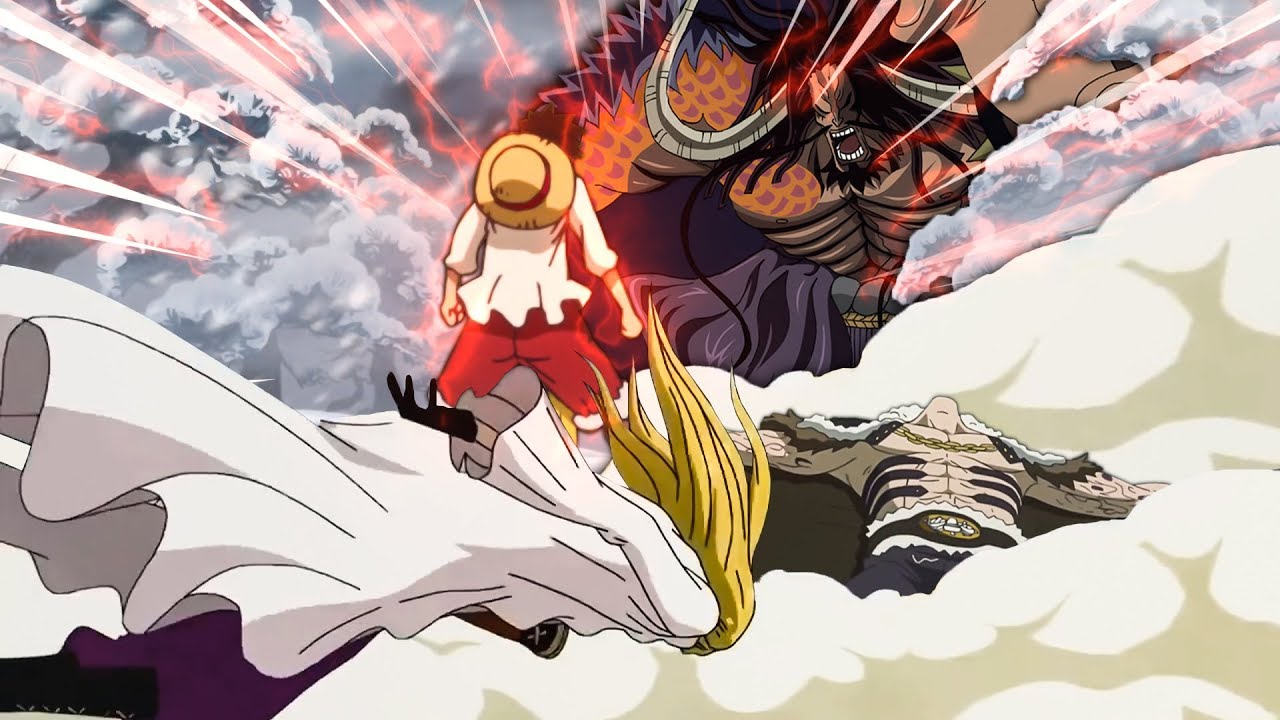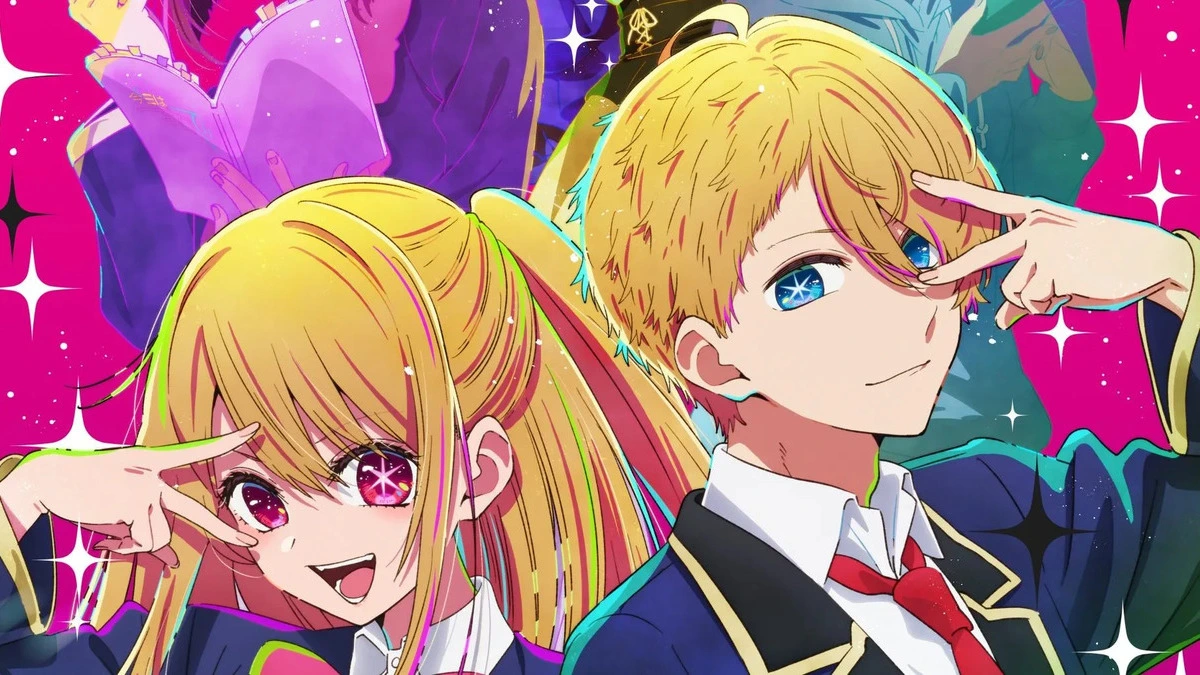Anime has become a major pastime across the world thanks to its unique stories and visual styles. However, if you’re new to Japanese animation, you may not grasp terms like “OVAs” and “special episodes” right away. So what exactly sets these additional installments apart?
On the other hand, special episodes are integrated into the main anime series, usually appearing amidst regular numbered episodes. They may be holiday-themed comedies, bonuses for fans, or extended versions of previous episodes with new footage. Unlike OVAs, specials advance ongoing plots instead of being self-contained stories.
OVA definition
OVA stands for Original Video Animation.
OVAs (Original Video Animations) are stand-alone anime episodes separate from the main series. They are directly released on DVD, Blu-ray, or streaming platforms without needing to air on television first. OVAs can provide backstories for characters, side adventures, or new perspectives on the main plot. Their production values tend to be higher with fewer content restrictions.
OVAs, or Original Video Animations, are not typically intended for television broadcasts or theatrical release. They were originally created on video home systems (VHS) and later became popular in digital video disc (DVD) format.
Similar to television series or movies, OVAs often consist of multiple episodes. Despite being produced independently from TV series, OVAs can span several episodes and offer viewers a unique and often more experimental storytelling format compared to traditional television anime.
History and Evolution of OVA Anime Releases Over the Decades
Original video animation (OVA) emerged in the early 1980s as anime popularity boomed in Japan, enabled by the spread of home video recorders. With eager fans buying direct-to-video releases, anime production companies saw a new distribution opportunity.
One of the first attempts was Mamoru Oshii’s 1983 “Dallos,” considered the first true OVA series. Other notable early OVAs included “Megazone 23,” “Fight!,” and “Iczer One,” prompting more studios to pursue original direct-to-consumer anime projects in the mid-80s. Early OVAs were typically new self-contained titles rather than continuations.
The 1980s economic bubble in Japan led to OVA releases with multiple parts/sequels to capitalize on enthusiastic sales. Companies would sponsor anime studios to create an OVA, and then base later production decisions on initial sales volumes.
However, Japan’s 1990s financial downturn slowed new OVA volume as profits dropped. Though some ongoing OVA production persisted, deregulation enabled racier anime content on cable TV to steal attention.
In the 2000s, a new trend emerged of TV animes partially airing and then offering “OVA” episodes only on DVD. This blurred the lines between television and original video animation releases. While not as prevalent today, OVAs had an instrumental role in anime history and expanding content creativity.
What Sets OVA Anime Apart
Unlike normal TV episode anime, OVAs have variable durations—they can be anything from a couple of minutes to over two hours. This irregular length gives creators flexibility.
Additionally, OVAs provide opportunities to experiment since they lack broadcasting restrictions. Writers can explore darker, more niche themes without worrying about mass appeal. Freed from television censors and schedules, OVA staff also face less pressure and stress.
The OVA format has frequently offered fan fiction and manga spin-off adaptations unlikely to air on public TV. OVAs also enable greater character development thanks to their creative liberties.
With targeted audiences rather than general viewers, OVA writers can take time crafting intricate plots, backgrounds, and explorations of existing characters and lore. Most OVA series span four to eight episodes, though single-episode or longer OVAs occur as well.
OVAs provide freedom to push boundaries on length, content experimentation, spin-offs, character growth, and narrative complexity compared to conventional TV anime. This room for creativity makes them an important medium in the anime industry.
OVA vs Special Episodes: Key Differences
As discussed previously, OVA’s target home release while specials are broadcast on TV separately from main series installments. Further core differences include:
- Length: Specials have standardized TV lengths of around 20-60 minutes. OVA durations vary widely depending on creators’ narrative needs from minutes to over 2 hours.
- Purpose: Specials advance main plots amidst normal episodic runs. OVAs provide supplementary content best suited for dedicated fans rather than general airing.
- Audience: Specials must appeal to a wide demographic range necessary for TV. Meanwhile, OVAs can narrowly target specific fan niches.
- Censorship: Specials face greater content restrictions expected for public television. OVAs evade these broadcast limits given their direct release format.
- Creativity: OVA writers enjoy greater creative freedom in stories, themes, and runtimes without TV constraints. Specials face more compulsions to shorten content to fixed lengths
- Availability: Specials broadcast widely on global channels. Due to their niche status, OVAs traditionally faced limited accessibility outside Japan.
OVAs incentivize risk-taking creativity given their distribution flexibility, while special episodes integrate with television’s creative compromises and mass entertainment standards. Both formats enrich popular anime franchises for hardcore fans and general viewers respectively.










